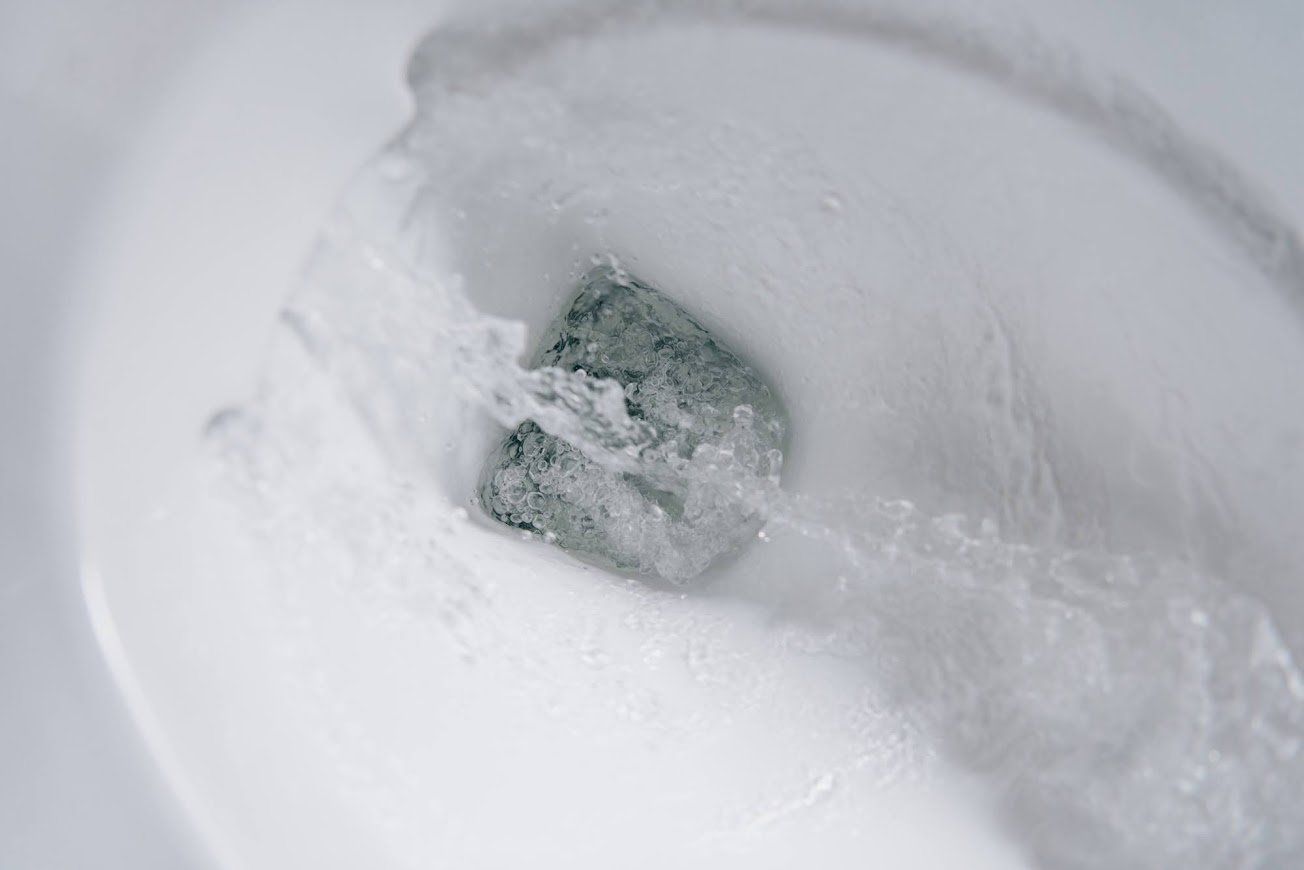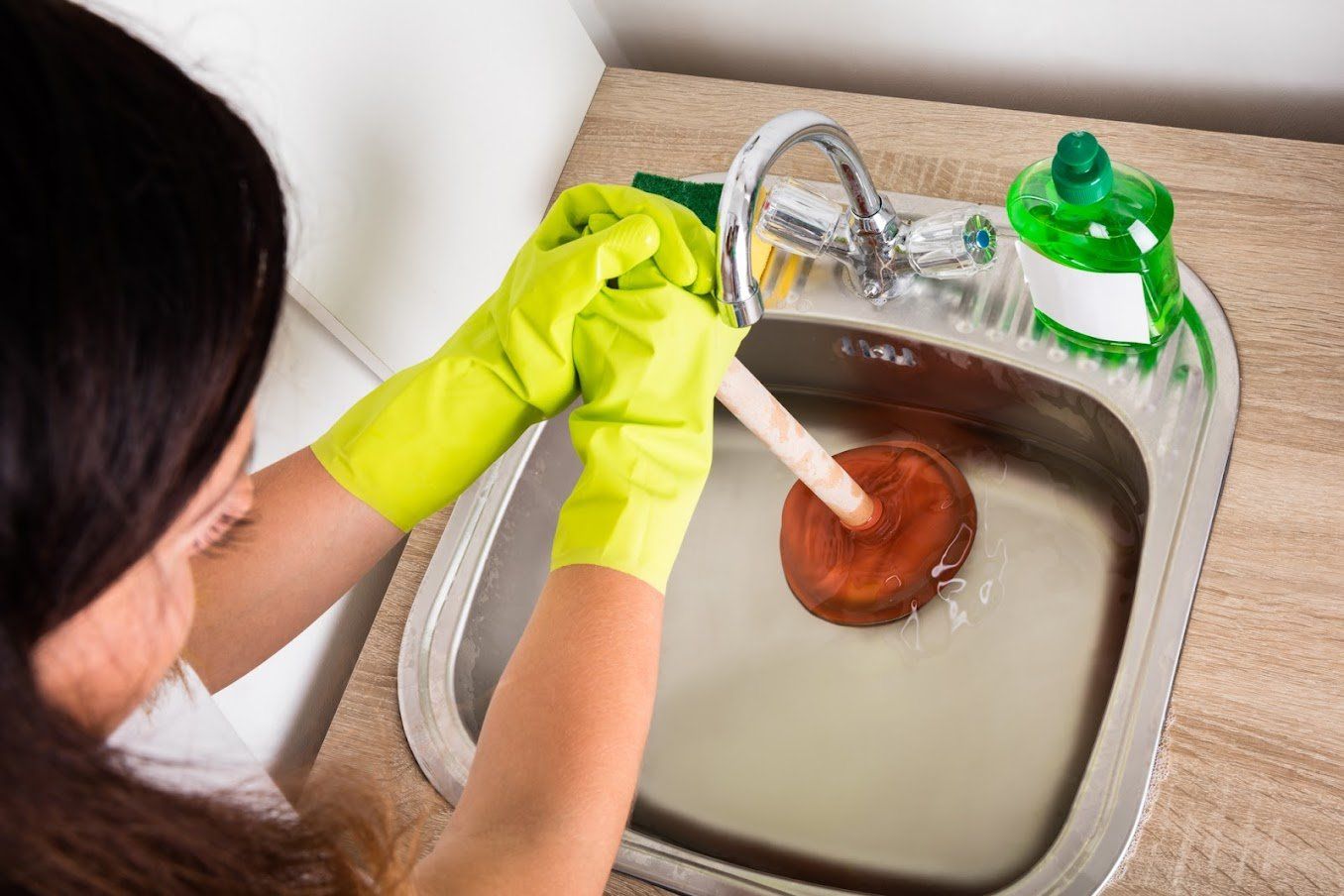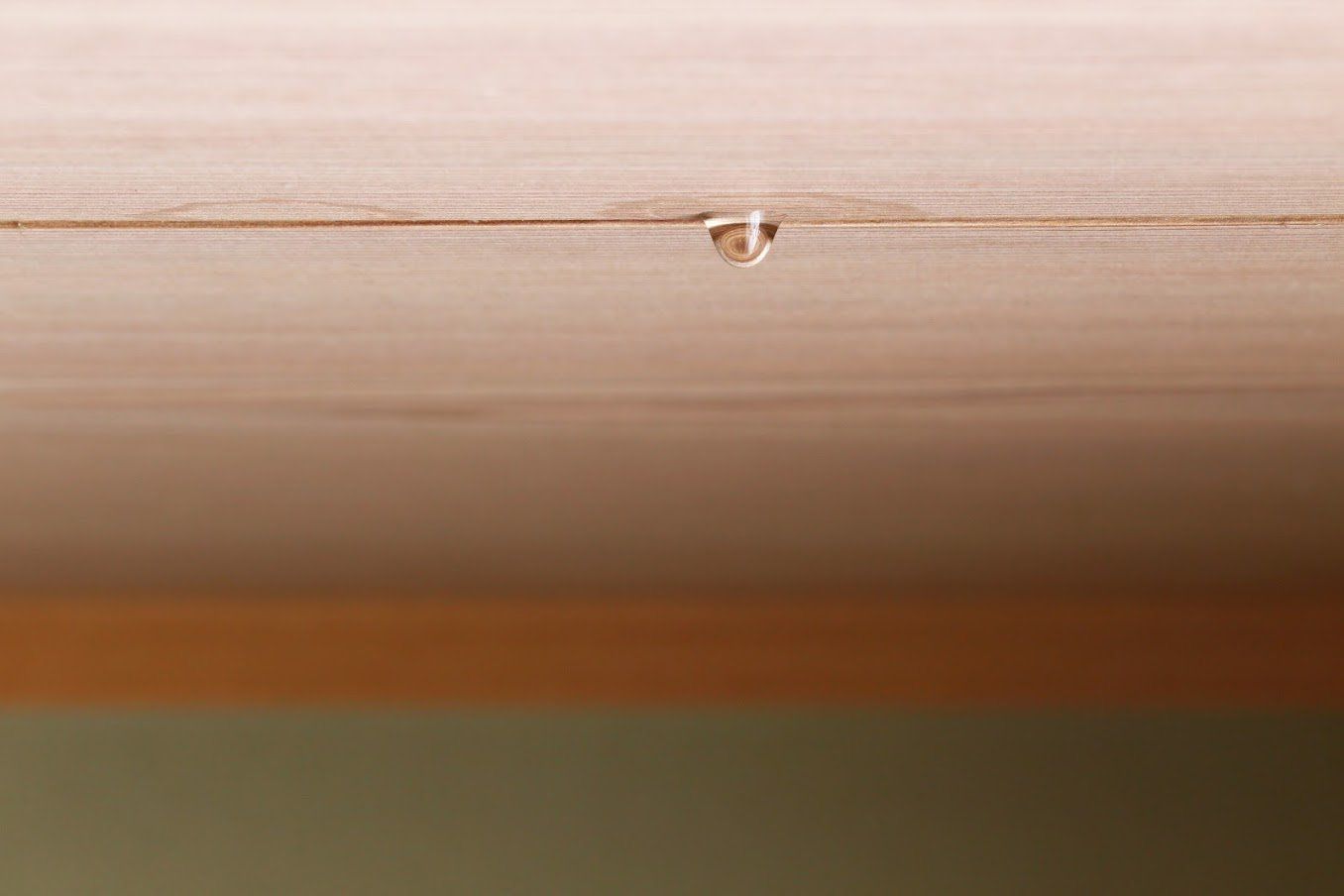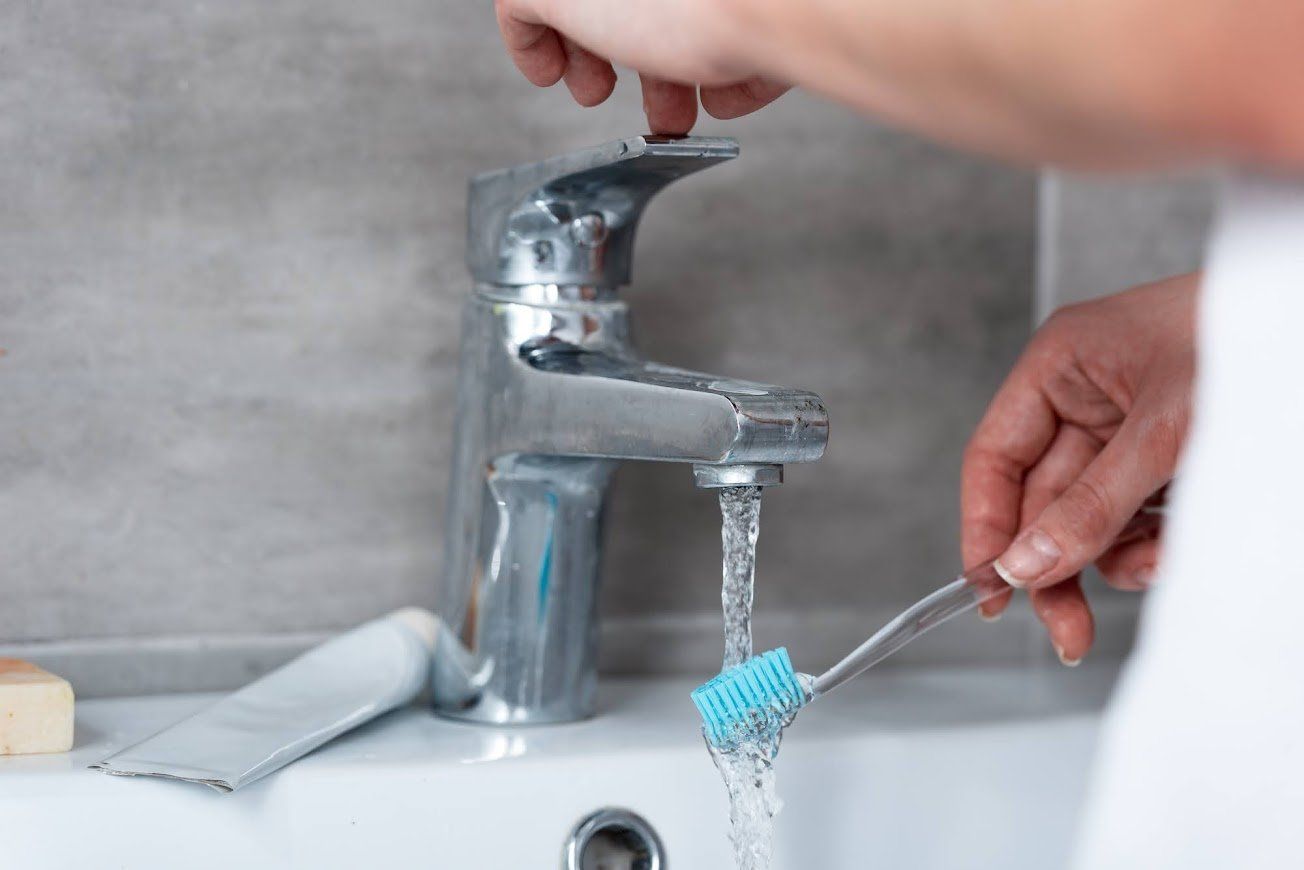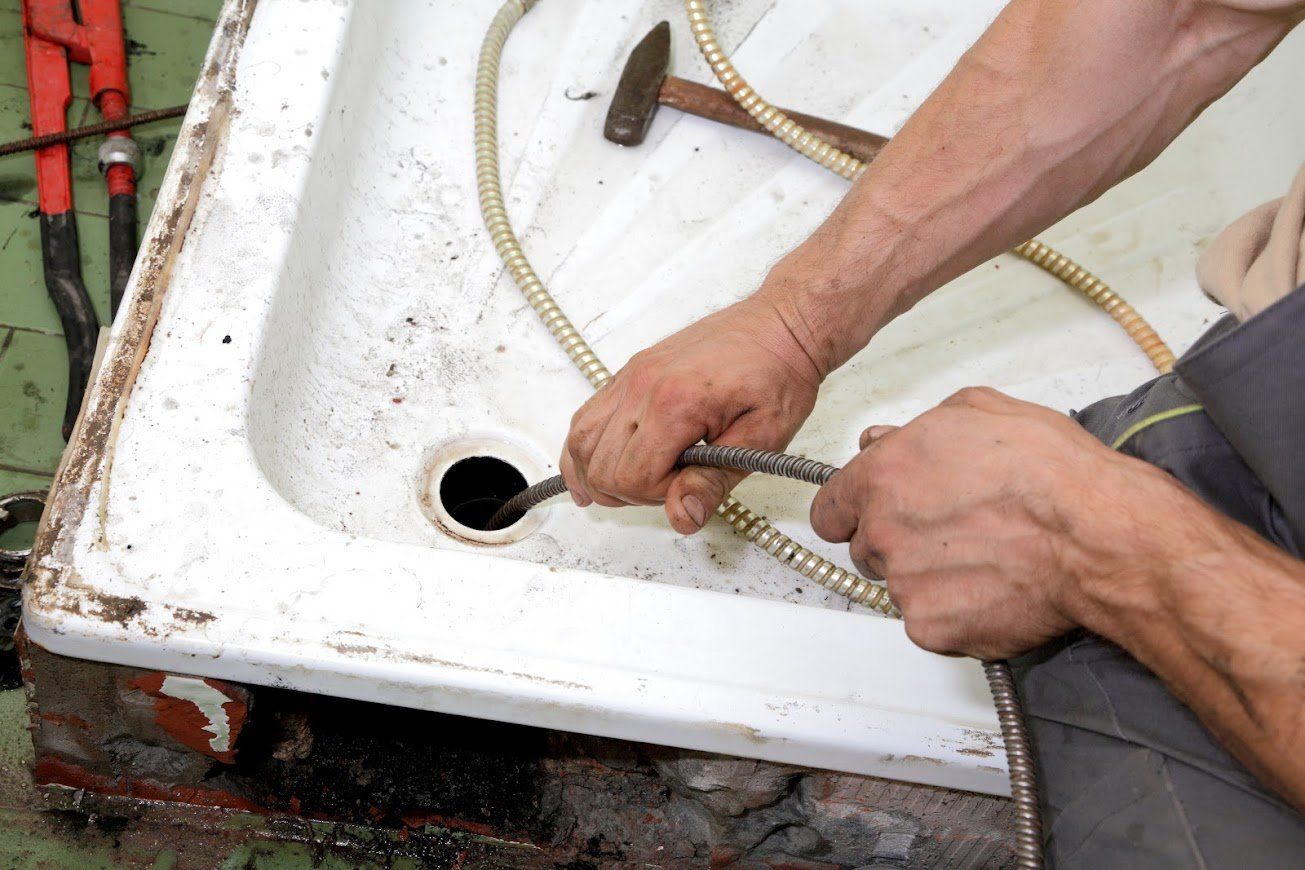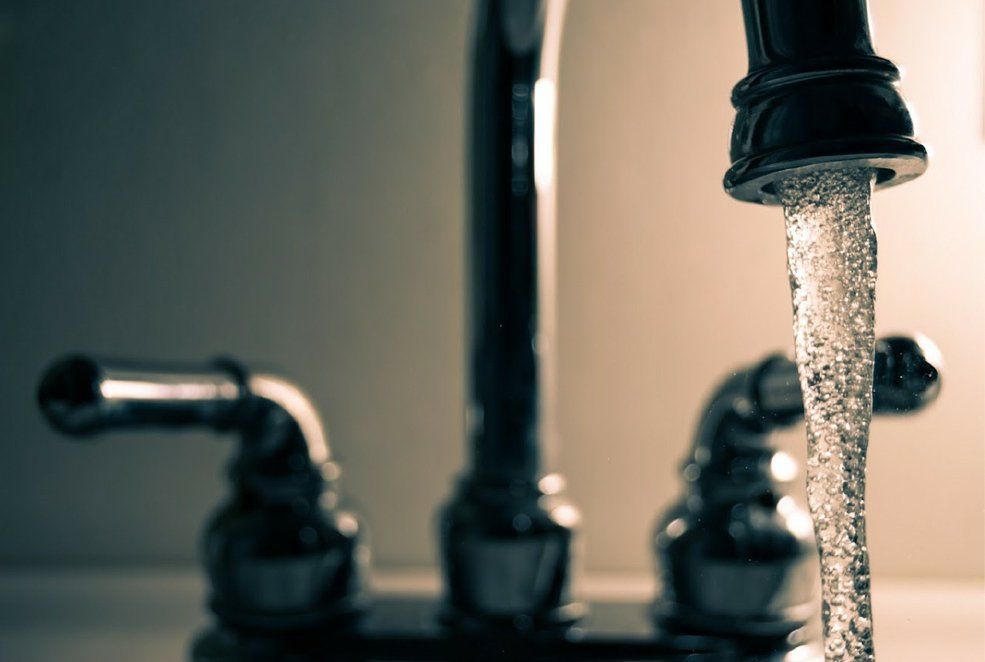Water Treatment: Common Technologies and Selection Tips
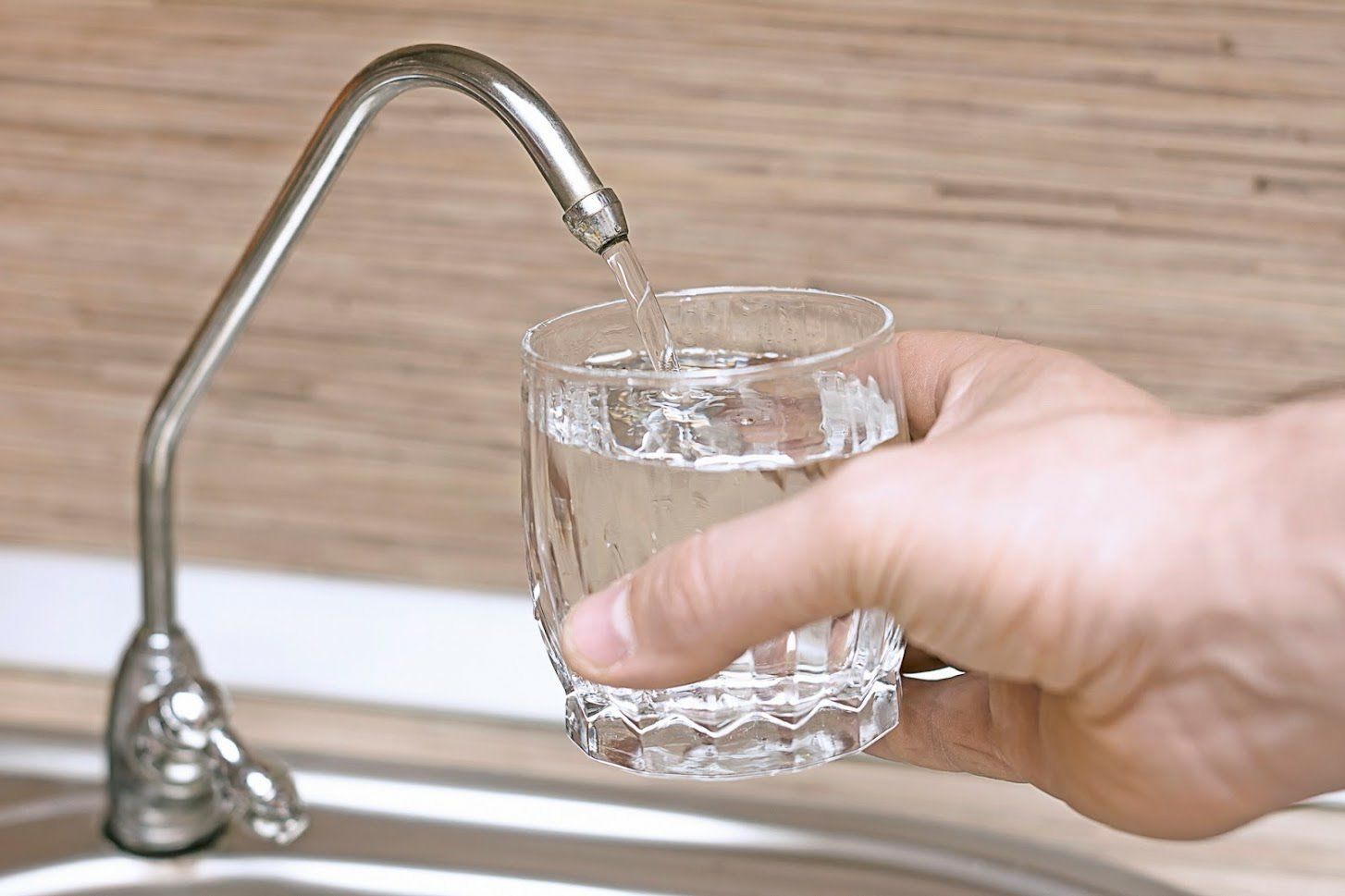
Some people are lucky enough to have clean and safe water for their residential use. Others have contaminated water and should use an appropriate treatment system to clean their water.
Water Filtration Technologies
The plumbing market has multiple water filtration technologies. Below are some of the most common ones.
Disinfestation
Disinfection systems kill microorganisms in water. Methods of disinfecting water include:
- Boiling the water
- Using chemical disinfectants, such as chlorine
- Using ultraviolet (UV) radiation
Disinfection is best if your main target is microorganisms in water and not other types of contaminants, such as dissolved minerals. Disinfection can also cause other problems, depending on the method you use. For example, some people don't like the taste of boiled or chlorine-treated water.
Filtration
Filtration works by trapping water contaminants. Examples of filtration systems include:
- Mechanical filters that allow water and extremely fine particles to pass through while trapping bigger particles
- Oxidizing filters that cause the minerals to form particles before the filter can trap them
- Neutralizing filters that reduce or increase water pH depending on the pH of the supplied water
Again, filtration doesn't work on all particles. The type of filter determines the size of the contaminants it can trap.
Distillation
Distillation works in the principle that water vaporizes at lower temperatures compared to other substances. Thus, you can heat water until it turns into steam, collect it, and condense it into liquid water. The condensed water will be clean since most of the contaminants remain in the heating appliance.
Reverse Osmosis
Osmosis is the movement of molecules from a low concentration area to a high concentration area through a semi-permeable medium. Reverse osmosis is the movement of water molecules from a high concentration to a low concentration region.
Reverse osmosis involves applying external pressure since molecules naturally move from high concentration to low concentration areas. Note that reverse osmosis involves some water loss since some water must remain with the contaminants, and you must discard the water.
Ion Exchange
The treatment works on mineral contaminants that dissociate into negatively and positively charged particles (ions) when dissolved in water. The process involves changing the ions of dissolved contaminates with the ions of another substance. The ion exchange process removes the dangerous contaminants and replaces them with a better one that doesn't degrade the water.
Water Filtration Selection Tips
Multiple factors determine the water treatment system to deploy. Below are some of these factors.
Nature of Contaminants
Some technologies do not remove all contaminants from the water. For example, disinfection only removes microorganisms. Filtration systems also differ on the sizes of contaminants they can handle. Understand the type and size ofcontaminants in your water and choose the most appropriate technology.
Water Volume to Be Treated
Some water treatment systems work at the point of use, while others work at the entry points. The point-of-entry systems treat water for the whole house, so they handle great volumes of water. The point-of-use systems only treat the water you want to use at that point. For example, a point-of-entry filter system at the tap only treats water out of that faucet.
Water Use
Water use is important because it determines how clean or pure the treated water should be. For example, drinking water should be cleaner than cleaning water. In addition, the taste might be an issue with drinking water but not withwashing water.
Note that some water treatment systems combine multiple technologies. For example, a treatment system can combine filtration and disinfection technologies. Contact Art Douglas Plumbing Inc. to assess your needs and help you choose the most appropriate filtration system. You can also contact us for other plumbing services.


